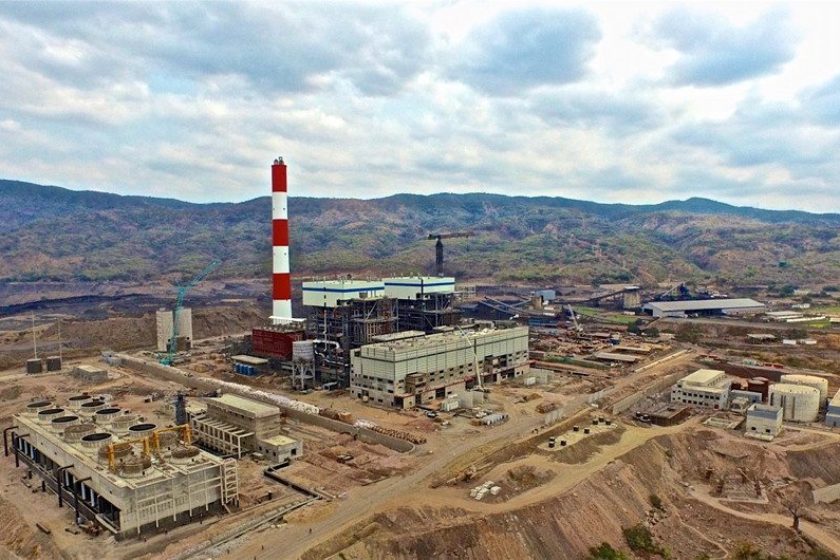COPPERBELT Energy Corporation (CEC) Plc has registered a profit of about 18 percent profit due to increased power sales to the Democratic Republic of Congo (DRC), earning over K270 million.
In its summary of unaudited results for six months ended June 30, 2016, the company has continued to influence the electricity market through its network on behalf of Zesco Limited on the Copperbelt, and to operate an interconnector with the DRC.
“The Zambian businesses on consolidated basis posted a profit of K275 million (US$25.9 million) compared to K225 million for the previous.
“Revenue at half year increased by 40 percent from K2.252 million to K3.776 million. This is mainly on account of increased power sales to the DRC mines. Net loss of K1.669 million compared to a net loss of K571 million the previous period,” the report reads.
The company attributes net loss mainly to an exchange loss of K1.140 million (US$107 million) arising from the devaluation of the naira on dollar borrowing and bad debt provision of K516 million (US$52 million).
On performance update, the report says the macroeconomic environment in Nigeria has continued to pose some challenges to the group’s operations as well as low commodity prices which had a negative impact on customers’ liquidity and ability to meet their financial obligations.
Other challenges relating to low commodity prices on the global market have led to some of the customers scaling back on their operations with the effect on the company’s power sales dropping by about 16 percent in Zambia.
The company expects higher demand to return mid to end of 2017 when most of the customers begin to draw power to implement their projects.
“Operationally on the Zambian end, the business continued to operate under the partial force majeure under the bulk supply agreement with our main power supplier and the respective power supply agreements with our mine customers.
“This entails that we can only access 70 percent of our power requirements from Zambian sources while the rest of our requirements have to be sourced outside of the country. It is expected that this regime will continue until year end,” it says.
Source: Daily Mail



